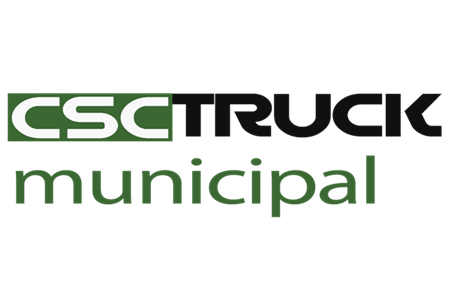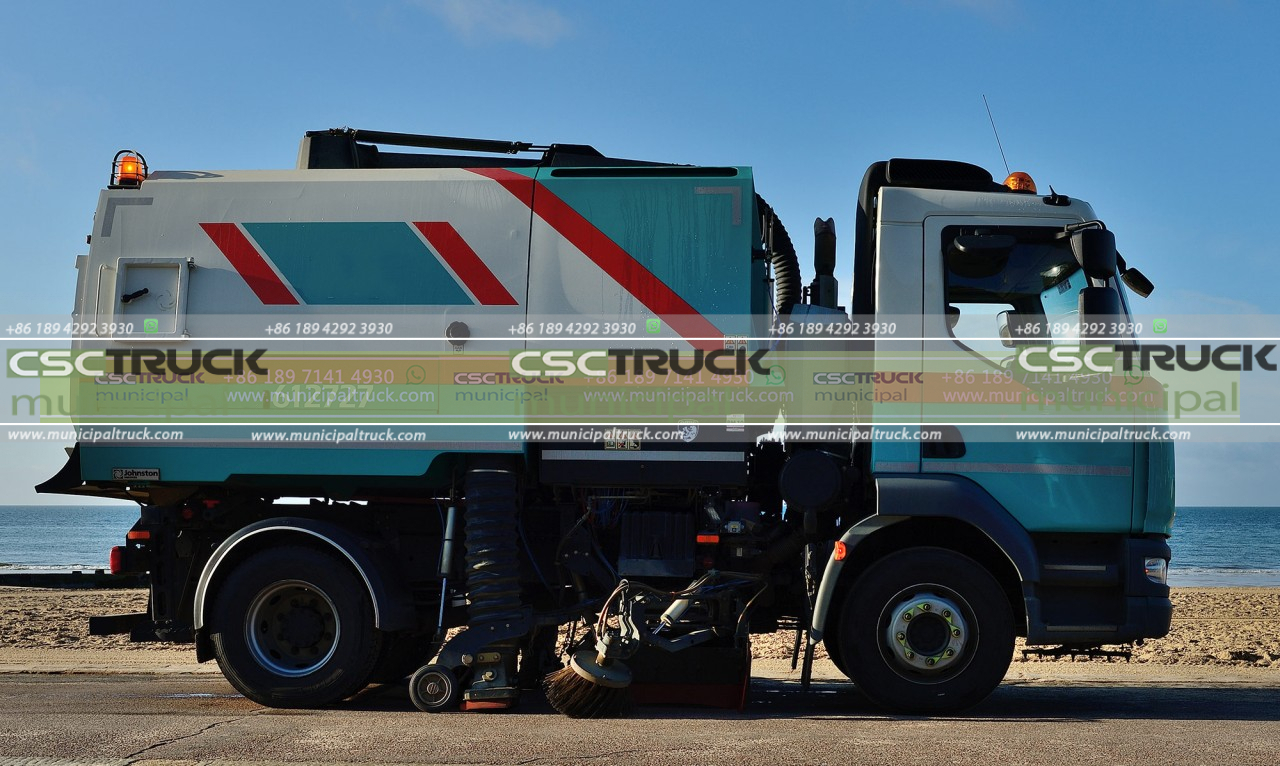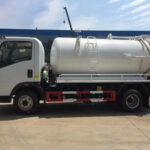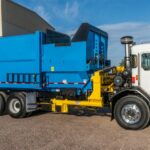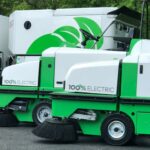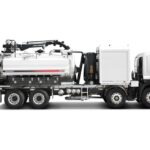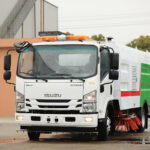Sweeper trucks have come a long way since their early days as simple broom-based cleaning machines. With advancements in technology and the increasing need for efficient and effective street cleaning, modern sweeper trucks now incorporate a range of innovative features that enhance their performance, productivity, and environmental sustainability. In this article, we will explore some of these cutting-edge features that make modern sweeper trucks an indispensable tool in maintaining clean and safe streets.
One of the most significant advancements in modern sweeper trucks is the integration of automated cleaning systems. These systems utilize sensors, cameras, and advanced algorithms to detect and target debris with precision. By automating the cleaning process, these trucks can cover a larger area in less time, resulting in improved efficiency and productivity. The automated systems also ensure consistent cleaning quality, reducing the likelihood of missed spots or uneven cleaning patterns.
To further enhance their cleaning capabilities, modern sweeper trucks often incorporate high-pressure water jets. These jets are strategically positioned to dislodge and remove stubborn dirt, grime, and debris from road surfaces. The combination of water jets and powerful suction systems ensures a thorough and effective cleaning, even in the most challenging conditions. Additionally, the use of water jets reduces the reliance on brooms, minimizing the generation of airborne dust particles and improving air quality during cleaning operations.
Environmental sustainability is a key concern in today’s world, and sweeper trucks have adapted to address this issue. Many modern models are equipped with eco-friendly features such as hybrid or electric power systems. These alternative power sources reduce emissions and noise pollution, making them more environmentally friendly than their traditional diesel counterparts. Sweeper trucks are often required to operate in densely populated areas, and the adoption of cleaner power systems helps mitigate the impact on residents and the environment.
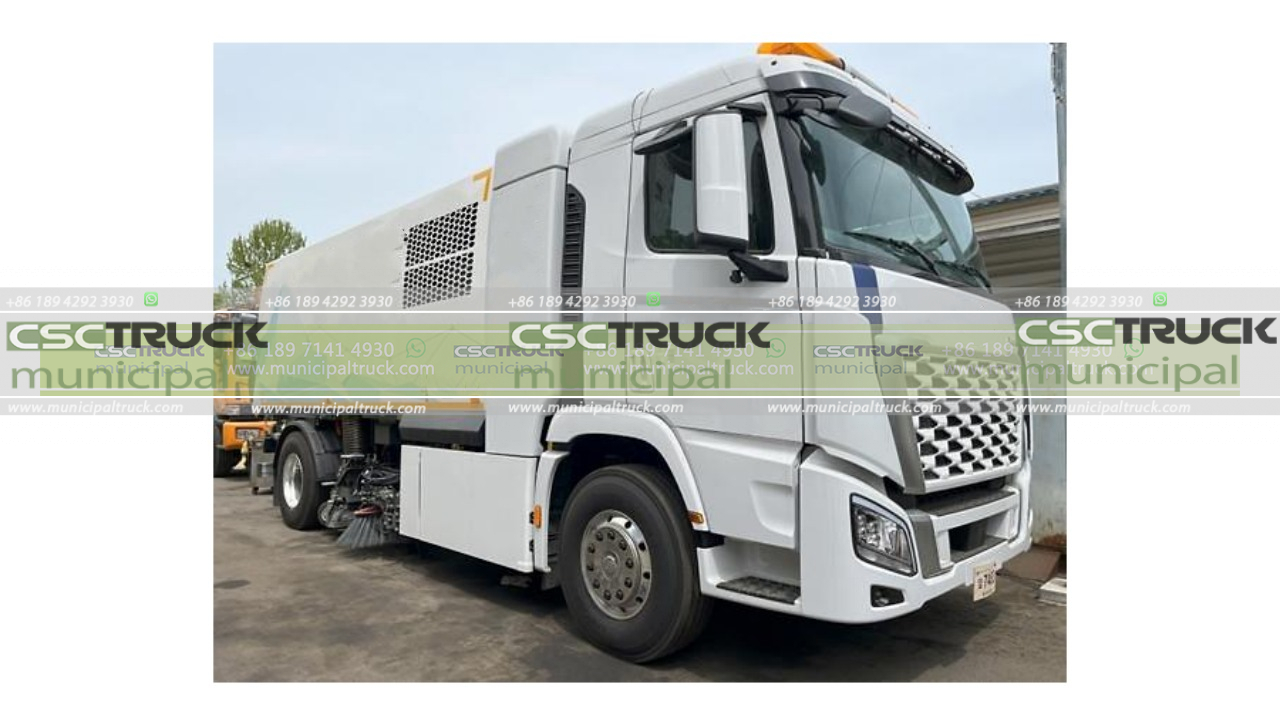
Efficiency and maneuverability are crucial for effective street cleaning and modern sweeper trucks excel in these areas. Advanced steering systems and compact designs allow these trucks to navigate narrow streets, crowded urban areas, and tight corners with ease. This improved maneuverability not only enhances cleaning performance but also minimizes disruption to traffic flow. Additionally, some sweeper trucks feature multi-directional sweeping capabilities, enabling them to clean in multiple directions simultaneously, further optimizing their efficiency.
Another innovative feature of modern sweeper trucks is the integration of telematics systems. These systems leverage GPS technology and real-time data monitoring to provide valuable insights into the performance and operation of the trucks. Operators can track the location, speed, and cleaning patterns of the trucks, allowing for better coordination and resource allocation. Telematics systems also enable remote diagnostics and preventive maintenance, reducing downtime and maximizing operational efficiency.
To ensure the safety of both operators and pedestrians, modern sweeper trucks are equipped with advanced safety features. These may include rear-view cameras, proximity sensors, and collision warning systems. These technologies help prevent accidents and provide operators with enhanced visibility, particularly in blind spots. Furthermore, ergonomic cab designs prioritize operator comfort and reduce fatigue during long working hours, contributing to overall safety and productivity.
In recent years, the concept of smart cities has gained traction, and sweeper trucks have evolved to support this vision. Integration with smart city infrastructure allows for improved coordination between the trucks and other municipal services. For instance, sensors embedded in roads can detect levels of dust or debris, triggering the deployment of sweeper trucks in real time. This integration not only optimizes cleaning operations but also promotes data-driven decision-making for urban planning and resource allocation.
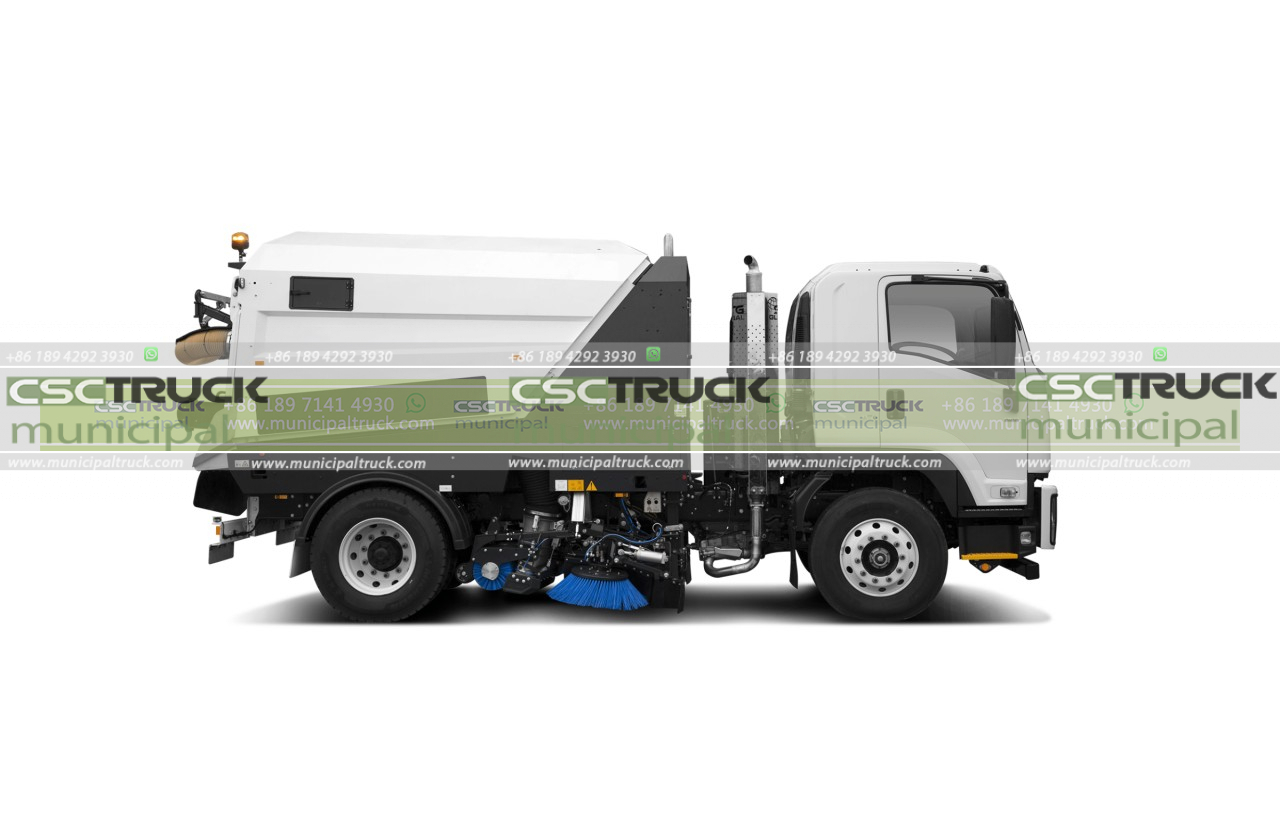
In conclusion, modern sweeper trucks have undergone significant transformations, incorporating innovative features that revolutionize the way streets are cleaned. Automated cleaning systems, high-pressure water jets, eco-friendly power sources, enhanced maneuverability, telematics systems, advanced safety features, and integration with smart city infrastructure are just some of the cutting-edge technologies present in modern sweeper trucks. These features not only enhance the performance and productivity of the trucks but also prioritize environmental sustainability, operator safety, and the overall efficiency of street cleaning operations.
The integration of automated cleaning systems has been a game-changer in the industry. These systems utilize advanced sensors and cameras to detect debris on the road surface accurately. Once detected, the automated system directs targeted cleaning mechanisms, such as rotating brushes or water jets, to remove the debris efficiently. This level of precision ensures thorough cleaning while minimizing the chances of missed spots or ineffective cleaning patterns. By automating the process, sweeper trucks can cover a larger area in less time, leading to increased efficiency and productivity.
The incorporation of high-pressure water jets has revolutionized the cleaning capabilities of sweeper trucks. These jets are strategically placed to dislodge and remove even the most stubborn dirt, grime, and debris from road surfaces. By combining water jets with powerful suction systems, modern sweeper trucks can achieve a deep and thorough cleaning result. Additionally, the use of water jets reduces the reliance on brooms, which not only improves cleaning efficiency but also minimizes the generation of airborne dust particles. This, in turn, contributes to better air quality during cleaning operations, benefiting both operators and the surrounding environment.
With growing concerns about environmental sustainability, modern sweeper trucks have embraced eco-friendly features. Many models now incorporate hybrid or electric power systems as an alternative to traditional diesel engines. These cleaner power sources significantly reduce emissions and noise pollution, making sweeper trucks more environmentally friendly. This is particularly crucial as sweeper trucks often operate in densely populated areas, where minimizing pollution and noise disturbances is essential. The adoption of eco-friendly power systems aligns with broader efforts to create greener cities and reduce the environmental impact of urban cleaning operations.
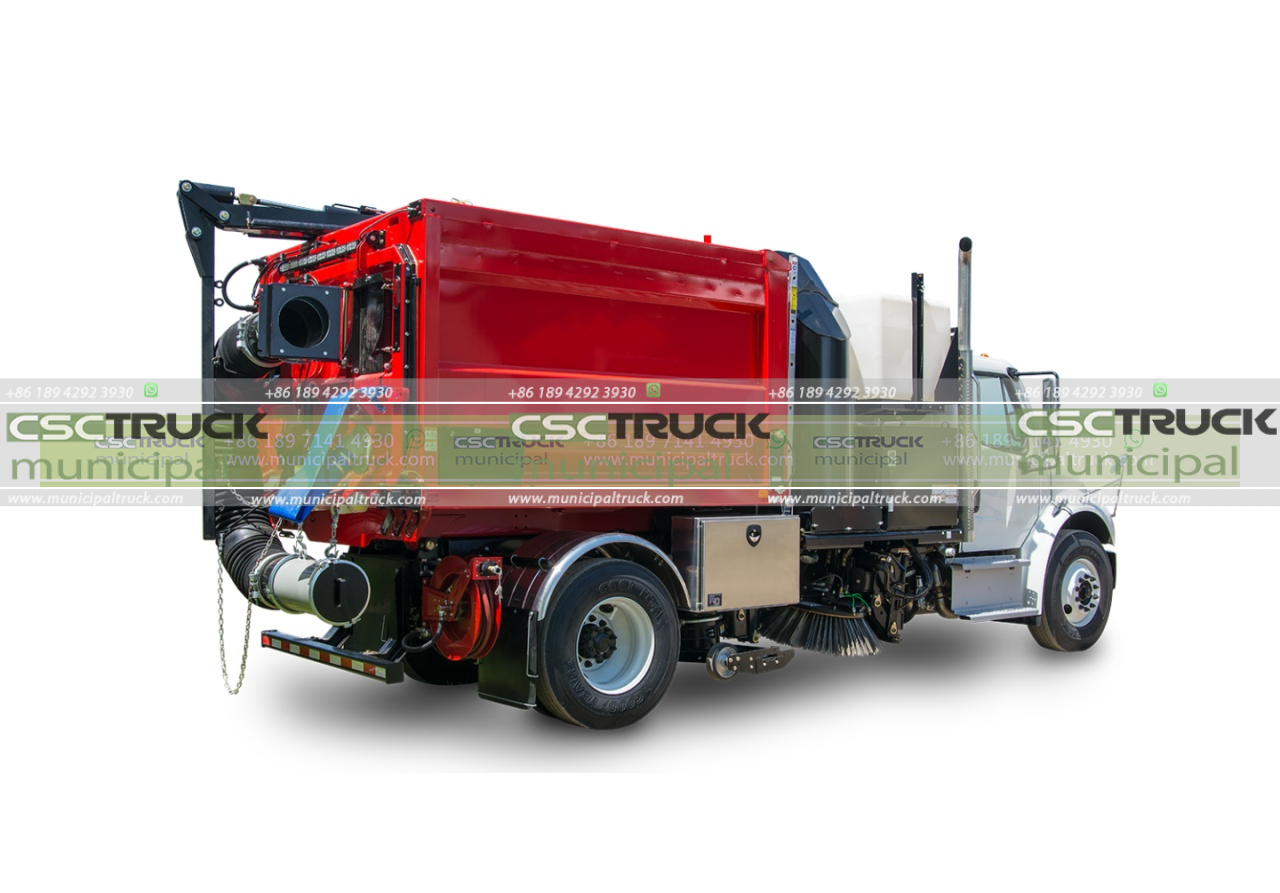
Efficiency and maneuverability are vital factors in effective street cleaning and modern sweeper trucks excel in these areas. Advanced steering systems and compact designs enable these trucks to navigate narrow streets, crowded urban areas, and tight corners with ease. Improved maneuverability not only enhances the cleaning performance but also minimizes disruption to traffic flow during cleaning operations. Additionally, some sweeper trucks feature multi-directional sweeping capabilities, allowing them to clean in multiple directions simultaneously. This innovative feature further optimizes the efficiency and productivity of the trucks, saving time and resources.
To ensure the safety of both operators and pedestrians, modern sweeper trucks are equipped with advanced safety features. Rear-view cameras, proximity sensors, and collision warning systems are integrated into the trucks to prevent accidents and provide operators with enhanced visibility, especially in blind spots. These safety technologies play a crucial role in minimizing the risk of collisions and injuries, promoting a safe working environment. Furthermore, ergonomic cab designs prioritize operator comfort and reduce fatigue during long working hours, further enhancing safety and overall productivity.
The integration of sweeper trucks with smart city infrastructure has become increasingly prevalent. As cities strive to become smarter and more connected, sweeper trucks play a significant role in this vision. By integrating with smart city systems, such as IoT (Internet of Things) networks, sweeper trucks can receive real-time data on road conditions, dust levels, and cleaning requirements. This enables optimized coordination between the trucks and other municipal services. For example, sensors embedded in roads can detect high levels of dust, triggering the automatic deployment of sweeper trucks to address the issue promptly. This integration not only improves the efficiency of cleaning operations but also allows for data-driven decision-making in urban planning and resource allocation.
In conclusion, modern sweeper trucks have undergone remarkable advancements, incorporating innovative features that have revolutionized street cleaning. Automated cleaning systems, high-pressure water jets, eco-friendly power sources, enhanced maneuverability, advanced safety features, and integration with smart city infrastructure are just a few examples of the cutting-edge technologies present in modern sweeper trucks. These features not only enhance the performance and productivity of the trucks but also prioritize environmental sustainability, operator safety, and the overall efficiency of street cleaning operations. As cities continue to evolve, sweeper trucks will continue to play a crucial role in maintaining clean and safe streets for everyone.
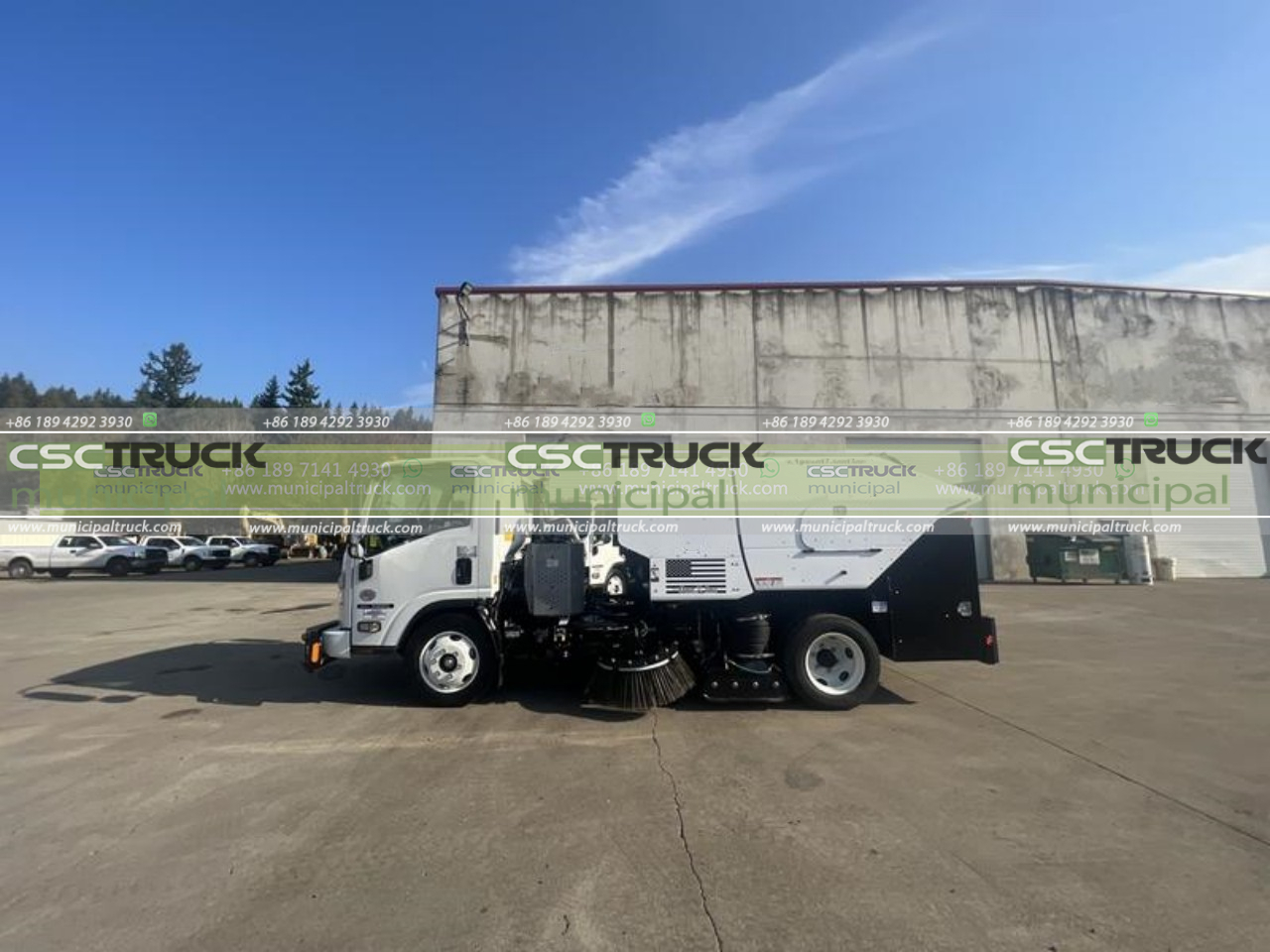
Contact us for this municipal truck or similar trucks: [email protected] Call us or What's APP us: +86 189 4292 3930
